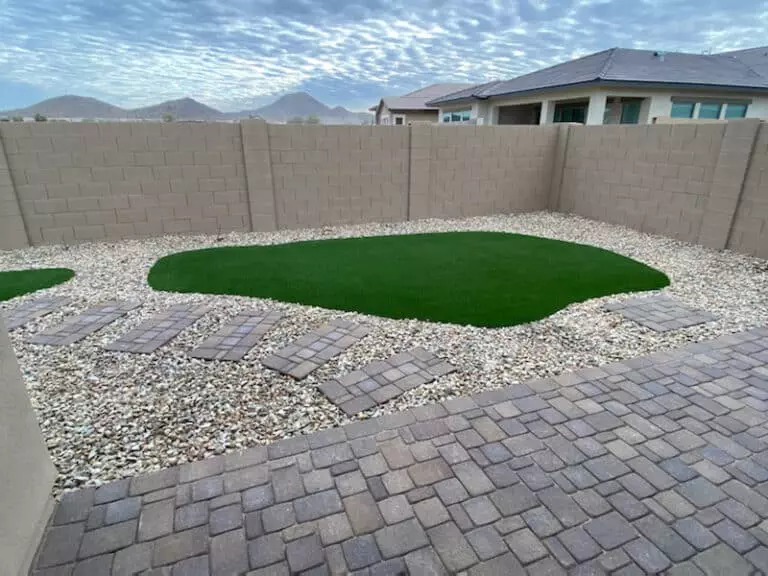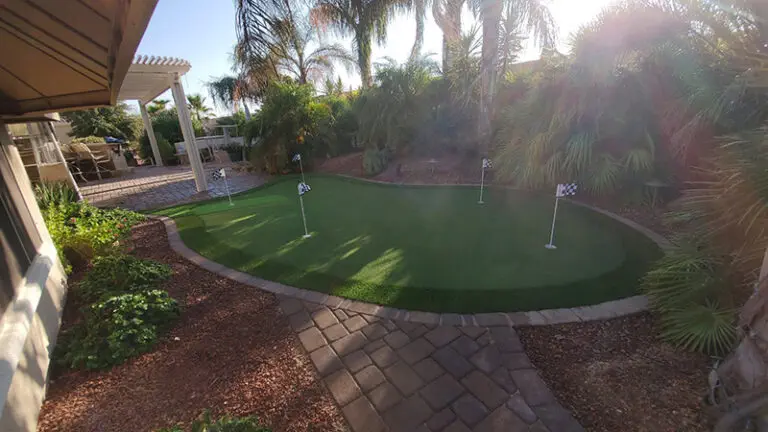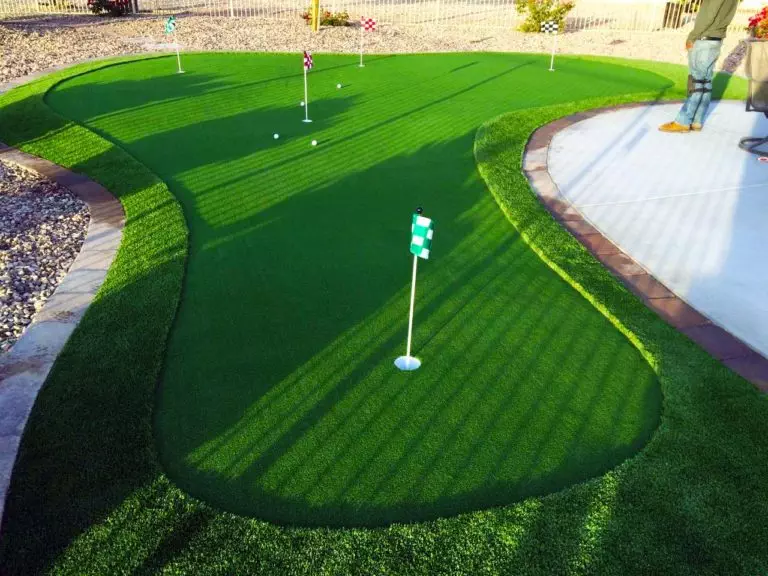Pavers are a popular choice for outdoor paving projects, and it’s no wonder why. They offer a beautiful, durable surface that can withstand heavy traffic and harsh weather conditions. But how long will pavers last in Arizona’s climate? And what steps can you take to protect your investment? Read on to find out!
Introduction to Pavers: What Are They and Why Use Them
Pavers are interlocking concrete or clay bricks that are laid down over a compacted gravel base. Unlike asphalt or concrete surfaces, which are poured in place, pavers come in individual units that can be installed by hand. This allows for greater flexibility when designing patterns and shapes.
The Benefits of Professionally Installed Pavers
While DIY paver kits are available at home improvement stores, we recommend hiring a professional installer for several reasons. Firstly, professionals have the experience and knowledge necessary to ensure proper drainage and compaction, which is essential for longevity. Secondly, they can help you choose the best type of paver for your project based on factors such as color, texture, and size. Finally, installing pavers requires specialized equipment and tools, which most people don’t have access to.
Comparing Pavers, Concrete, and Stamped Concrete
When compared to traditional concrete or stamped concrete, pavers offer several advantages. For one, they are more flexible and able to expand and contract without cracking. Additionally, if a single paver becomes damaged, it can easily be replaced without having to replace the entire surface. Finally, pavers come in a wide variety of colors, textures, and sizes, allowing for endless customization options.

How Long Will Pavers Last in Arizona’s Climate
Arizona’s hot, dry climate presents unique challenges for outdoor surfaces. Fortunately, pavers are well suited to handle these conditions. With proper installation and maintenance, pavers can last upwards of 25 years or more. However, exposure to extreme temperatures, UV rays, and wind can cause wear and tear over time. To extend their lifespan, we recommend using sealants and periodically cleaning and resealing them.
Choosing the Best Type of Paver for Your Project
There are many different types of pavers available, each with its own set of characteristics. Clay pavers, for example, are known for their natural beauty and durability, while concrete pavers offer a wider range of colors and styles. The best type of paver for your project will depend on factors such as budget, location, and intended use. A professional installer can help guide you through this process.
Protecting Your Investment: Maintenance Tips for Pavers in Arizona
To keep your pavers looking great and functioning properly, regular maintenance is key. Here are some tips:
1. Clean regularly – Dirt and debris can build up on pavers over time, causing them to become slippery and unsightly. Use a pressure washer or broom to remove dirt and grime.
2. Seal and re-seal – Applying a sealer every few years helps prevent staining and fading caused by sunlight and weather exposure. Be sure to follow manufacturer instructions carefully.
3. Repair any damage promptly – If a paver becomes loose or broken, repair it immediately before further damage occurs.
4. Keep plants away from edges – Vegetation can grow into cracks and crevices, causing damage over time. Regular pruning and trimming can help prevent this.
In conclusion, pavers are an excellent choice for outdoor paving projects due to their durability, versatility, and beauty. When properly installed and maintained, they can last decades in even the toughest climates like Arizona’s. By following our maintenance tips, you can protect your investment and enjoy your new paver surface for years to come.





